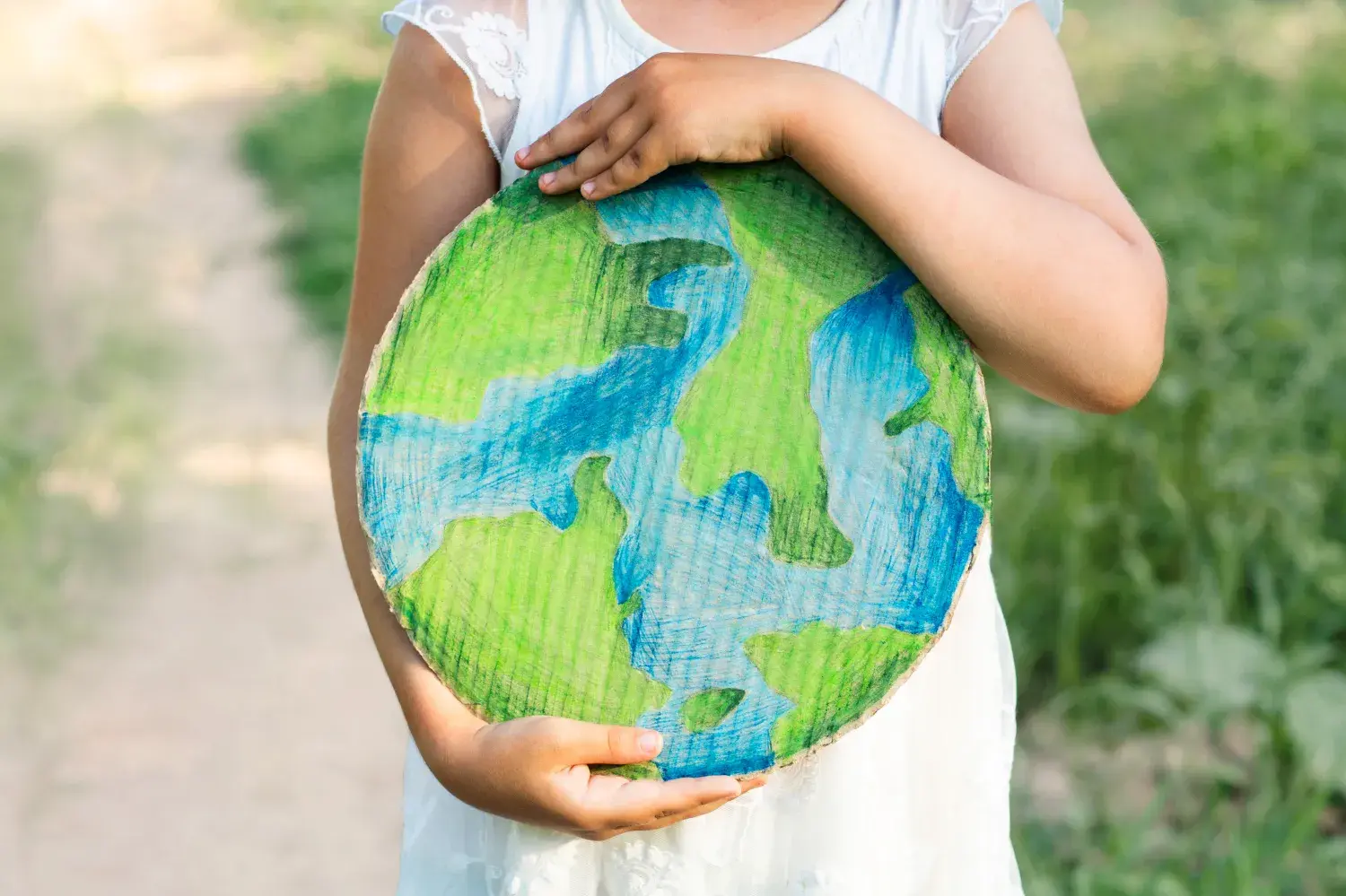Good balance: How CWS calculates the sustainability score for its products
Clear, comprehensible and transparent: CWS Workwear has thus developed a comprehensive rating method for its products. On its basis, only demonstrably sustainable workwear receives the Know what you wear (KWYW) label. The wearer can thus be certain that products bearing this designation satisfy high requirements.
As a pioneer in sustainable workwear, CWS Workwear has set itself ambitious goals: by 2025, we aim to make at least 90 per cent sustainable products available in new business. But how can this kind of claim actually be measured? When is a product deemed to be sustainable?
“A collection or an individual garment must satisfy very strict requirements before it receives the KWYW label,” emphasised Jakob Tobias Steffen, Manager Corporate Responsibility at CWS. “Basically, we focus on three aspects for sustainable products: first, the circularity, in other words the long-term further use of the clothing and closed product cycles; second, as low as possible an impact on climate change; and third, the preservation of biodiversity.”
CWS Workwear is already striving ahead where circularity is concerned: For example, we repair 2.3 million items of clothing each year for customers in Germany alone. By doing so, we avoid 2.3 million times that functional workwear is thrown away and a replacement item produced. We contribute to a safer and healthier future with our circular business model: Think Circular therefore means that we use materials sparingly, reuse them or recycle them.
The question remains of how such achievements can be quantified and calculated together with other criteria such as energy savings or green materials in a comprehensible combined system.
Our rating system takes many aspects of sustainability into consideration“It soon became clear to us that there are many dimensions to sustainability, and we want to reflect many of them in our rating system. We consulted a great number of specialists and stakeholders before determining where the challenges lie for each product with regard to our three dimensions: climate change, biodiversity and circularity,” explained Mr Steffen. “In the case of textiles, the matter of the working conditions as well as occupational health and safety in their production are also always a central aspect. For this reason, we established certain social standards as a minimum requirement. If a garment does not satisfy them, it doesn’t qualify as a sustainable product at all from the outset, irrespective of the material, reusability, etc.”
Five-step KWYW scale provides clarity and transparency
Clothing which satisfies this basic requirement is tested by our sustainability teams on the basis of further criteria. For example, a product from a supplier with a certified environmental management system and good circularity receives a higher rating than one “just” produced from sustainable materials. The results are shown on a scale with values from 1 to 5. The better the solutions to the key challenges, the higher the score.
All products with the KWYW label have achieved a sustainability score of at least 3.5 in this rating system. For this score, the product must have solved a significant sustainability challenge objectively and achieve good results in additional areas. This gives our customers the certainty that each garment with the KWYW label satisfies high sustainability requirements.
Can products or their respective suppliers also “work their way up” in this sustainability index? “Of course,” confirmed Jakob Tobias Steffen. “We are happy to offer suppliers support with our expertise and provide tips and advice on how they can improve their rating at CWS. Using fabrics made from recycled polyester or organic cotton is an important step here. It is even better if our fabric suppliers are certified in accordance with one or more relevant standards, for example the demanding OEKO-TEX® STeP. If they additionally also change over to green energy, for example, that is yet another plus point.”
At the same time, for CWS Workwear to be able to offer sustainable workwear across all collections and segments in the medium term, sustainability topics need to be integrated right from the development and production phases in the future. Jakob Tobias Steffen and his product management/design team also have plenty of ideas in this respect.
Monitoring and reporting: Comprehensibly sustainableCWS has already been monitoring the greenhouse gases produced by its own production facilities, laundries and service logistics for a long time now. The same is increasingly true for purchased goods too. “We know from meetings that our direct suppliers, in particular the fabric manufacturers, are already pursuing a wide range of sustainability initiatives,” said Jakob Tobias Steffen, already thinking ahead: “Generally, however, we want to get involved even more intensively and encourage supplier dedication. We are clearly pursuing the objective of rendering all influencing factors on the sustainability of our products measurable.”
No other workwear provider produces as many sustainable products
Mr Steffen can also put figures to the set milestones: in 2022, 55 per cent of all textiles in new business should bear the KWYW label, and this figure should be up to 90 per cent in 2025.
The fact of the matter is that there is no other provider of workwear on the market at present offering such an extensive range of sustainable collections. Customers can currently find up to 2,000 products made from sustainable textiles at CWS Workwear.

